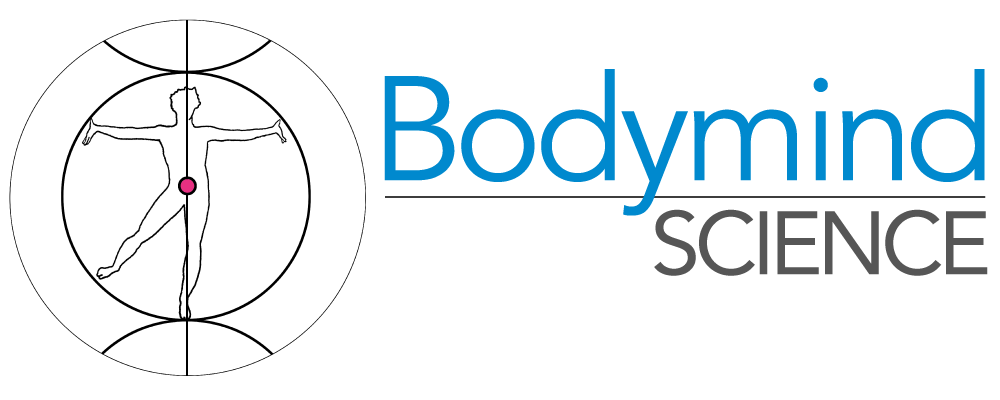Movement as the language of emotion: Why Moving Meditations make sense.
 By Peter Payne and Mardi Crane-Godreau, Ph.D.
By Peter Payne and Mardi Crane-Godreau, Ph.D.
Rational explanations make little difference when a child is wired or anxious. This is especially true for many children on the autism spectrum and can apply equally to many other kids as well. So, is there anything that can help?
Let’s start with some basic neuroscience. The brain communicates on two main levels: the instinctive-emotional-movement level, and the rational-verbal level. It should be no surprise that we begin life operating on the instinctive-emotional-movement level. The language of the instinctive part of the brain is movement and sensation! As this part of the brain and nervous system develop, the maturation of the rational verbal aspects can more easily follow suit.
There are many supportive therapies and educational programs that strive to help kids who are on the spectrum, develop their nervous systems and the skills that are needed for successful and satisfying everyday living. The ‘Moving Meditations’ app was designed to provide an easily accessible, low cost, and useful tool for both younger and older kids to support calm and skills for self-regulation. When watching and following along is a shared activity, parents and teachers have reported reduced stress and anxiety for kids and for themselves.
‘Moving Meditations’ app uses movement to help to discharge stress and to build neurological awareness. Inspired by ASD pioneers, and backed by neuroscience, the app includes a series of short (1 ½ to 2 minute) videos, which show a child doing various simple self-care movements. These images are accompanied by nature scenes, special effects, and music, to create a fascinating and mesmerizing flow of imagery which draw the watcher in to a calmer, more present state, and restore balance to the nervous system.
The watcher may be moved to imitate the motions that are shown. Similar to imitating the movements of Tai Chi, this can be very beneficial. These simple movements (with or without the videos) can be used at any time to help to support inner balance. For those striving to find tools to promote self-regulation, we made these videos especially for you.
This project was inspired by the work of pioneer autism researcher, Dr. Louisa Silva, who discovered that meaningful support and communications could be established with the nervous systems of children with autism, even severe autism, by training parents to use specific and regular patterns of touch and body movements. In a series of scientific papers, she documented evidence of the results from tests of her method (called Qigong Sensory Training, or QST for short). Anat Baniel independently discovered much the same thing; by tuning in to the child’s movements and interacting through touch and sound, the child’s nervous system calms down and re-organizes itself, with improvements in behavior and communication. Neither system denies the importance of understanding the genetic and brain changes involved in ASD and other developmental challenges; but they have found that despite these issues, approaching the child through movement and sensation can help restore a balanced nervous system and bring calm and presence.
Moving Meditations draws on neuroscience and pragmatic research. Download the app today.
Feel free to contact us with questions or feedback at Bodymindscience4Research@gmail.com



 Peter Payne is a researcher, teacher, and somatic educator/therapist, who has devoted his career to healing stress and trauma from the combined perspectives of neuroscience and traditional Asian bodymind disciplines.
Peter Payne is a researcher, teacher, and somatic educator/therapist, who has devoted his career to healing stress and trauma from the combined perspectives of neuroscience and traditional Asian bodymind disciplines.
You must be logged in to post a comment.